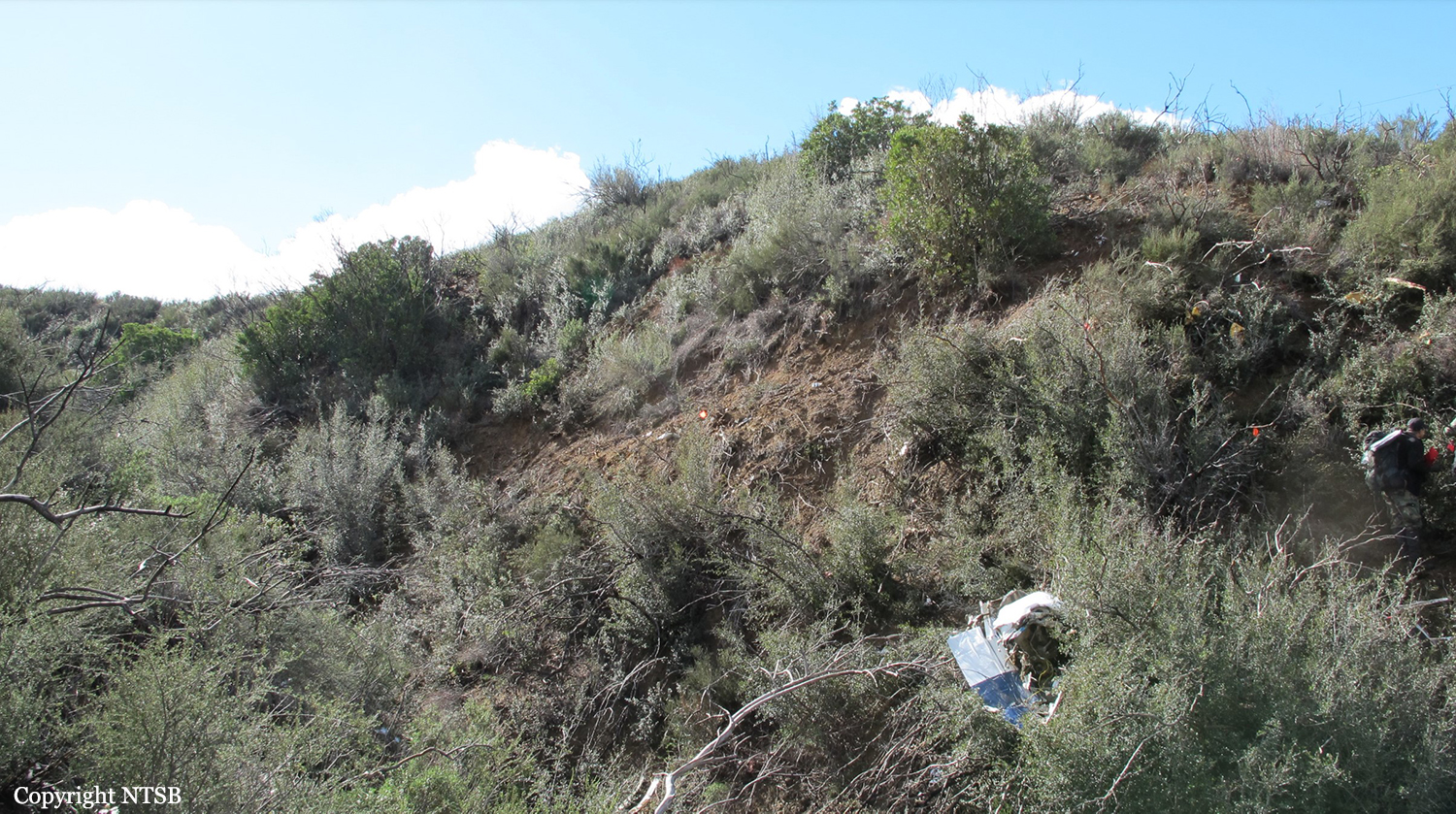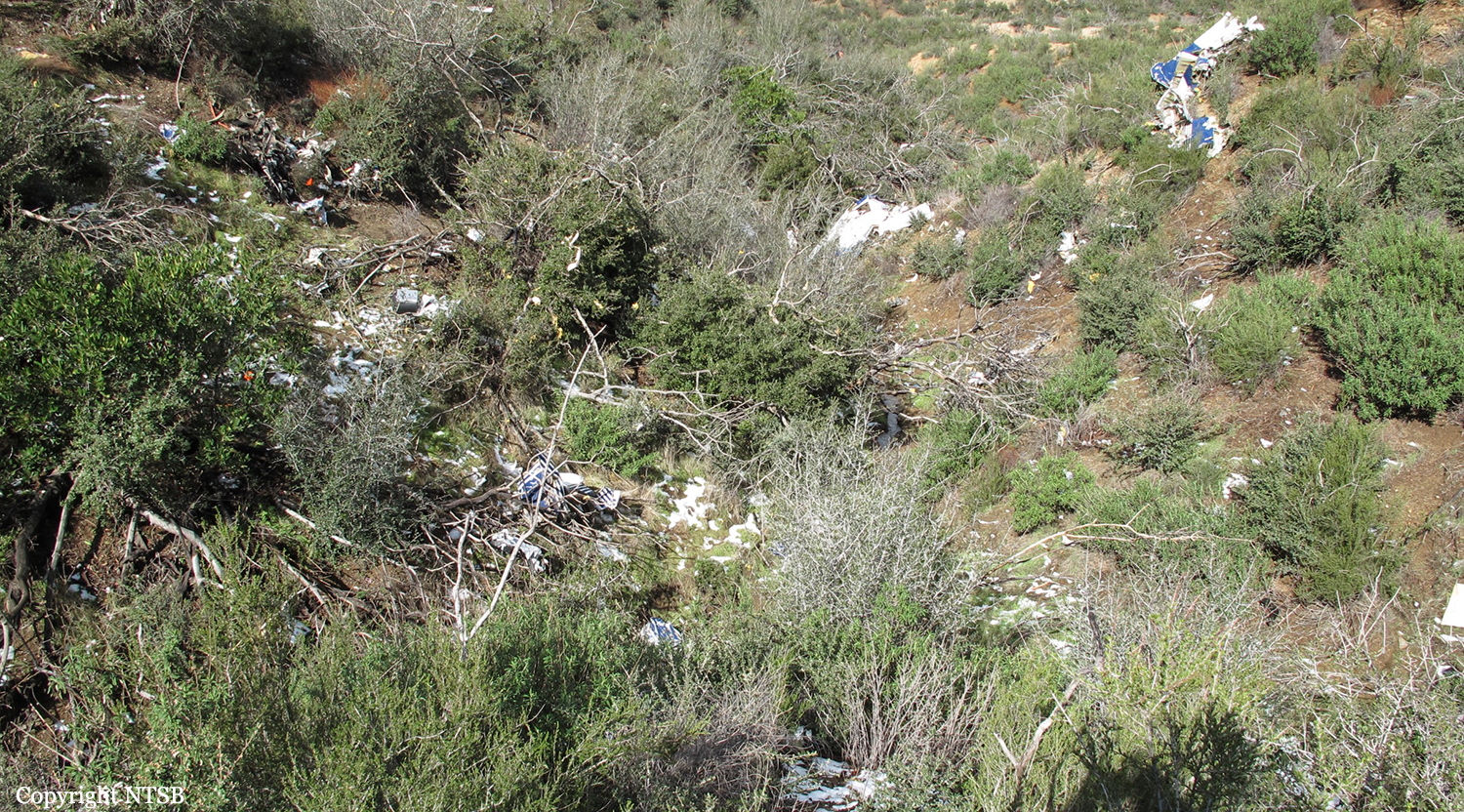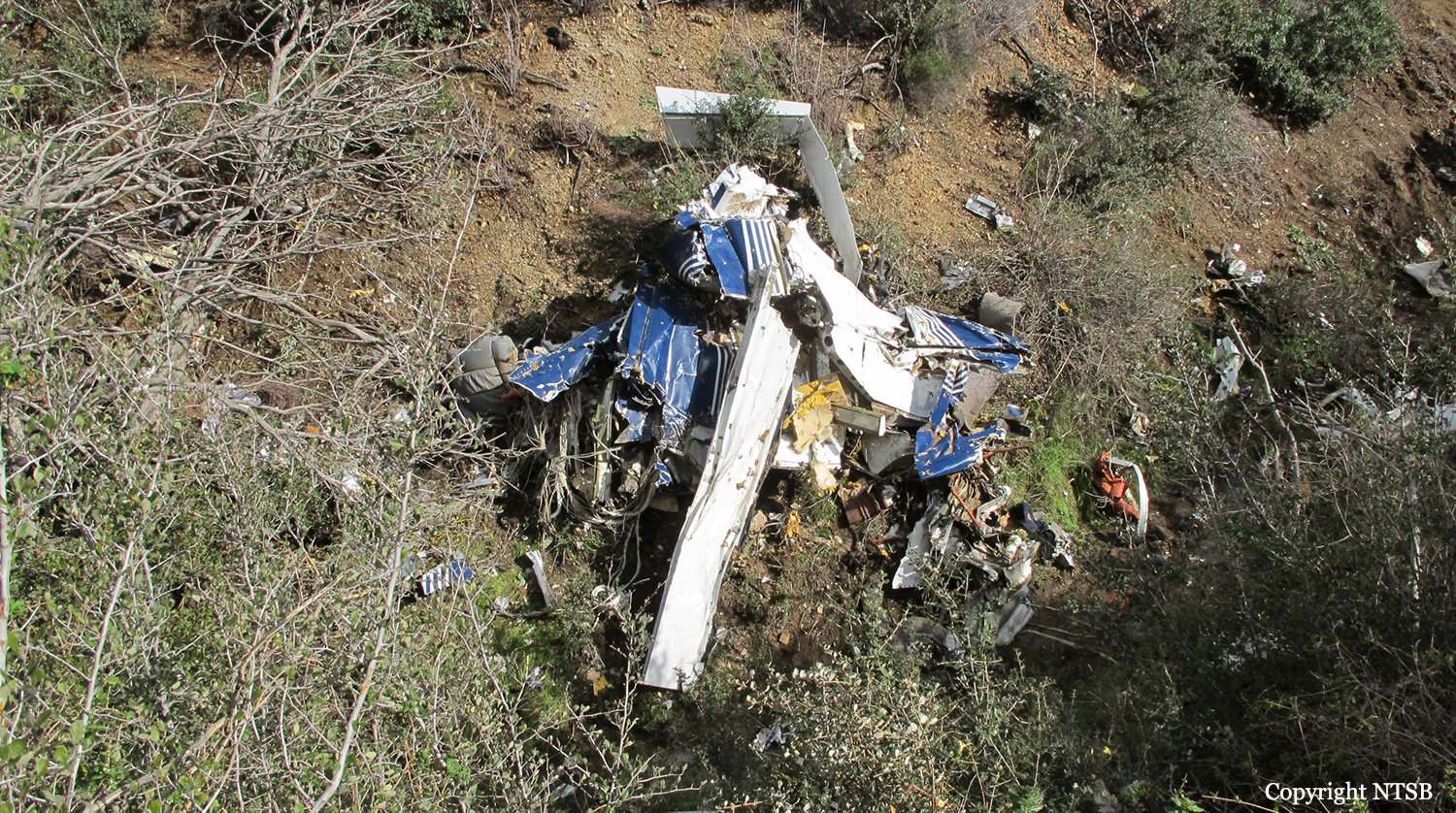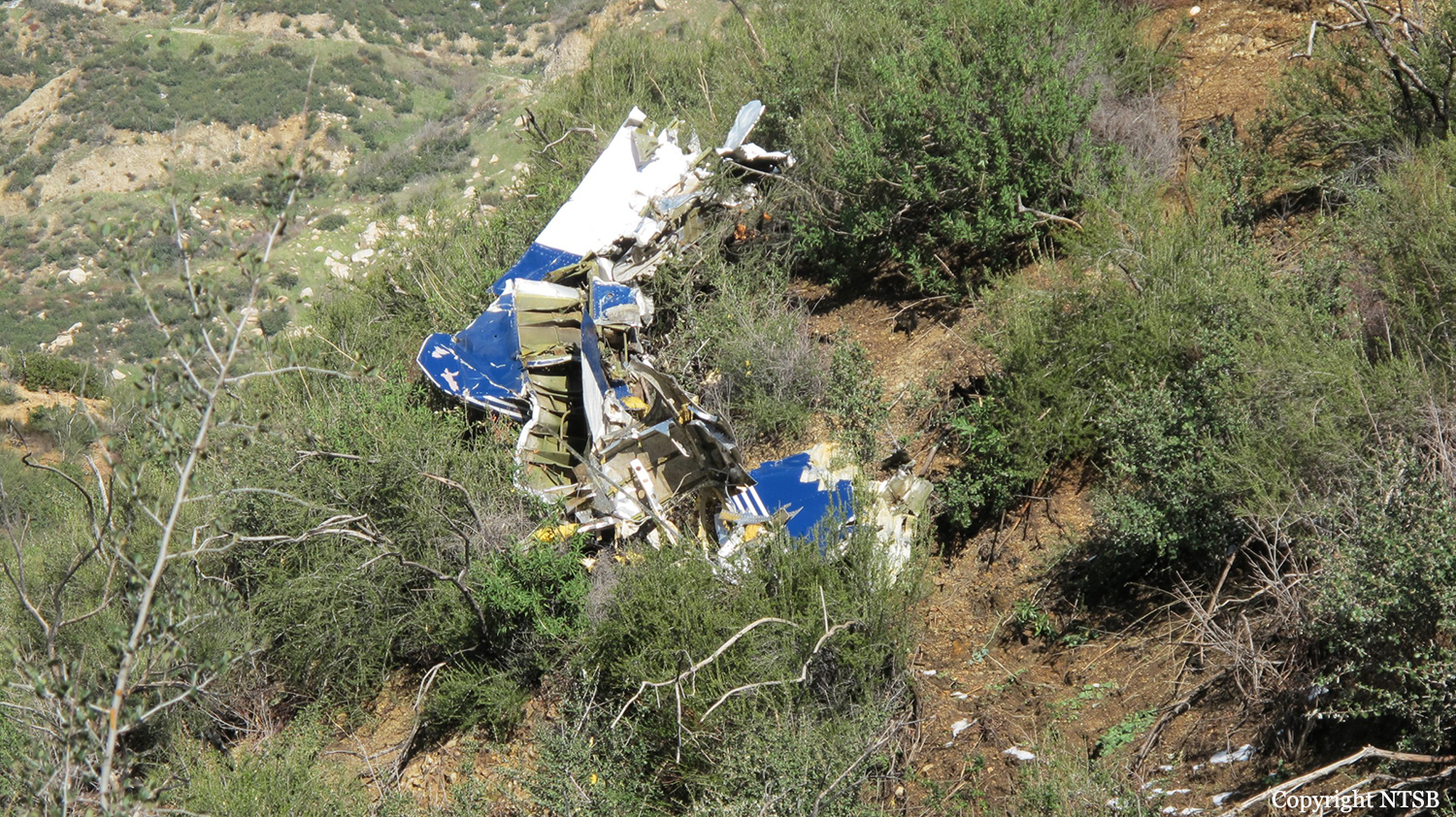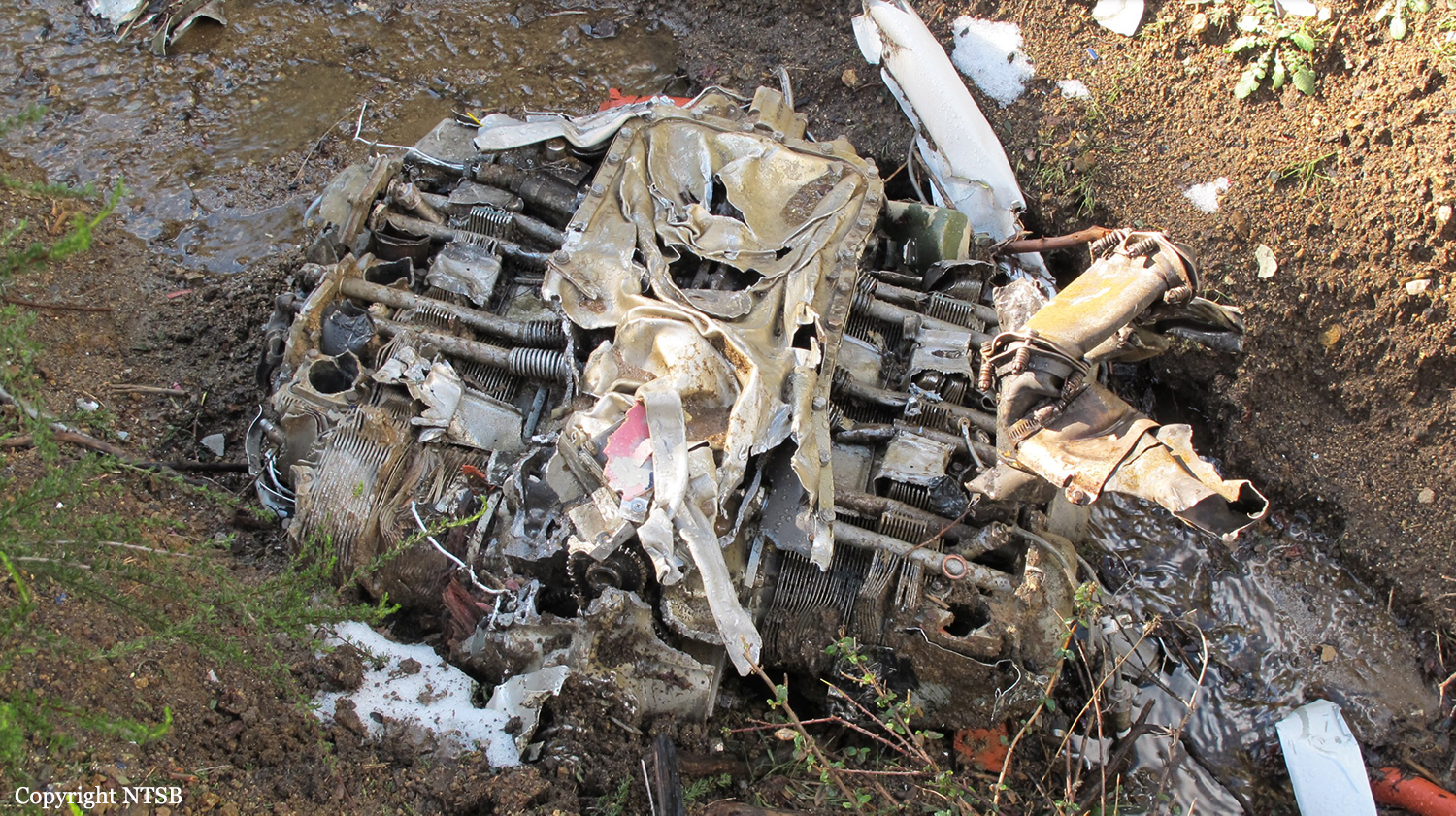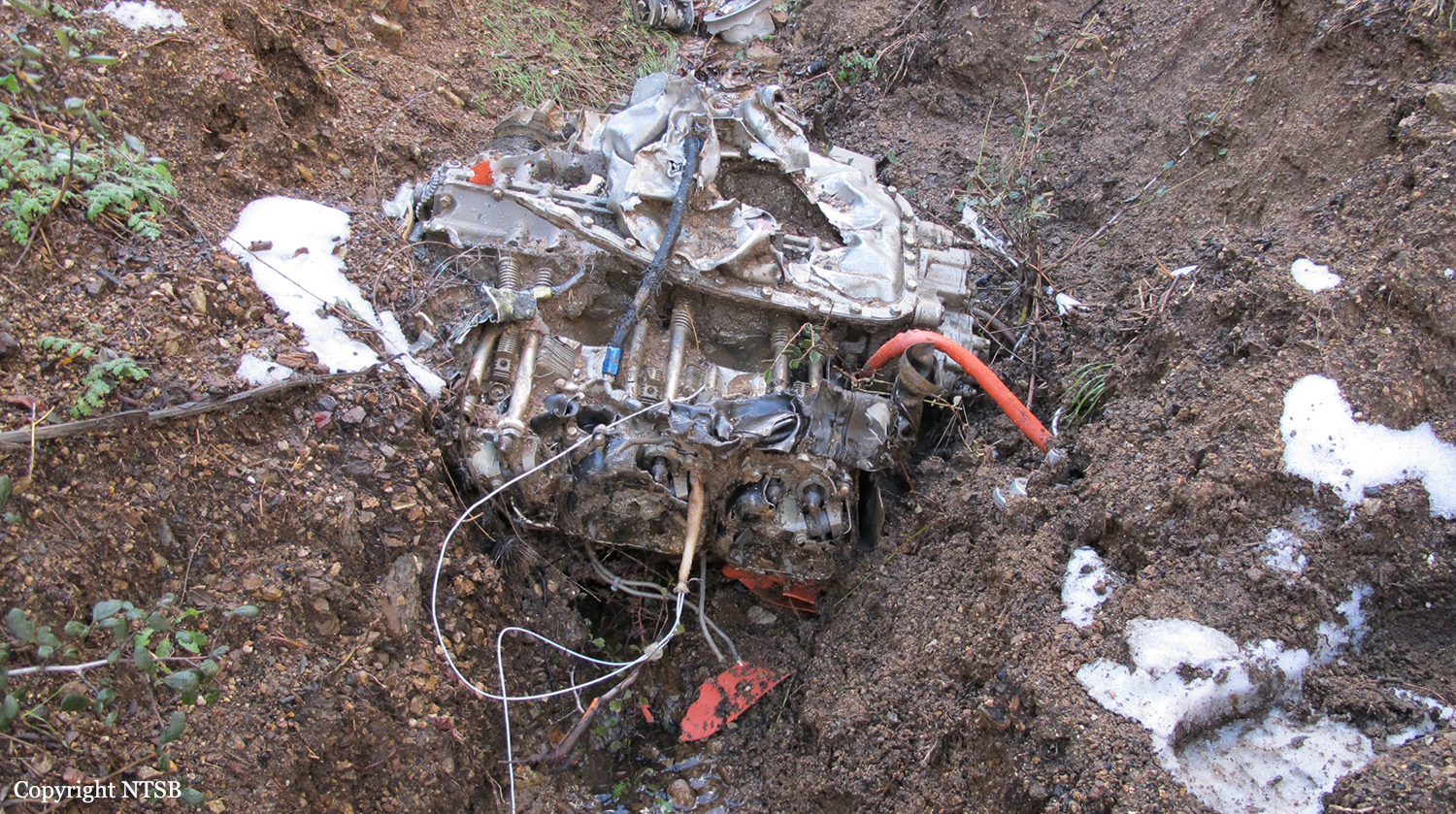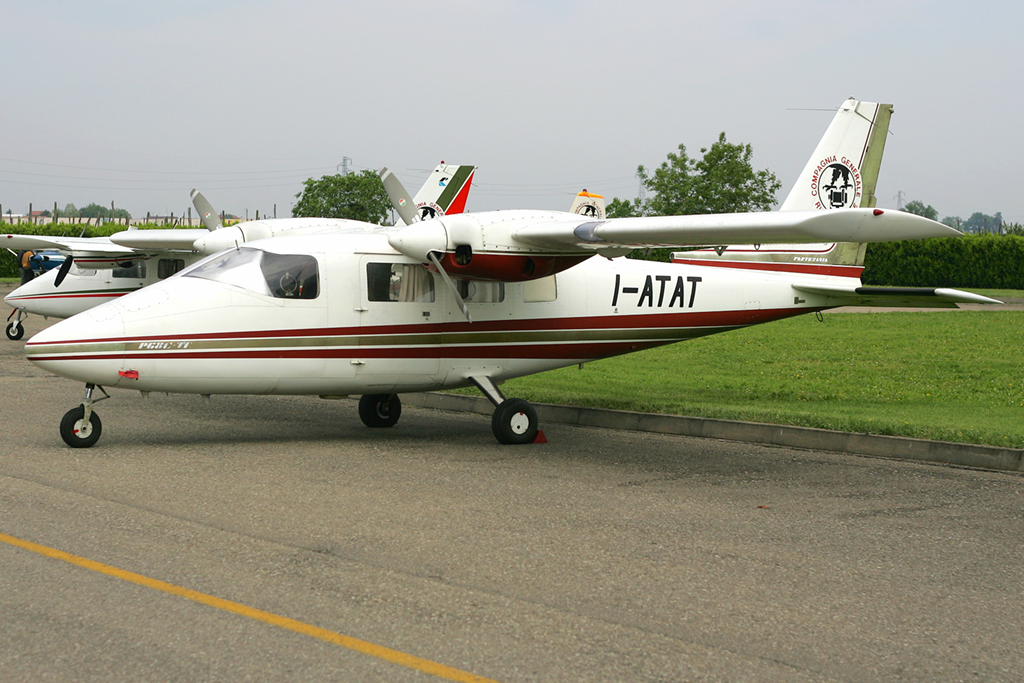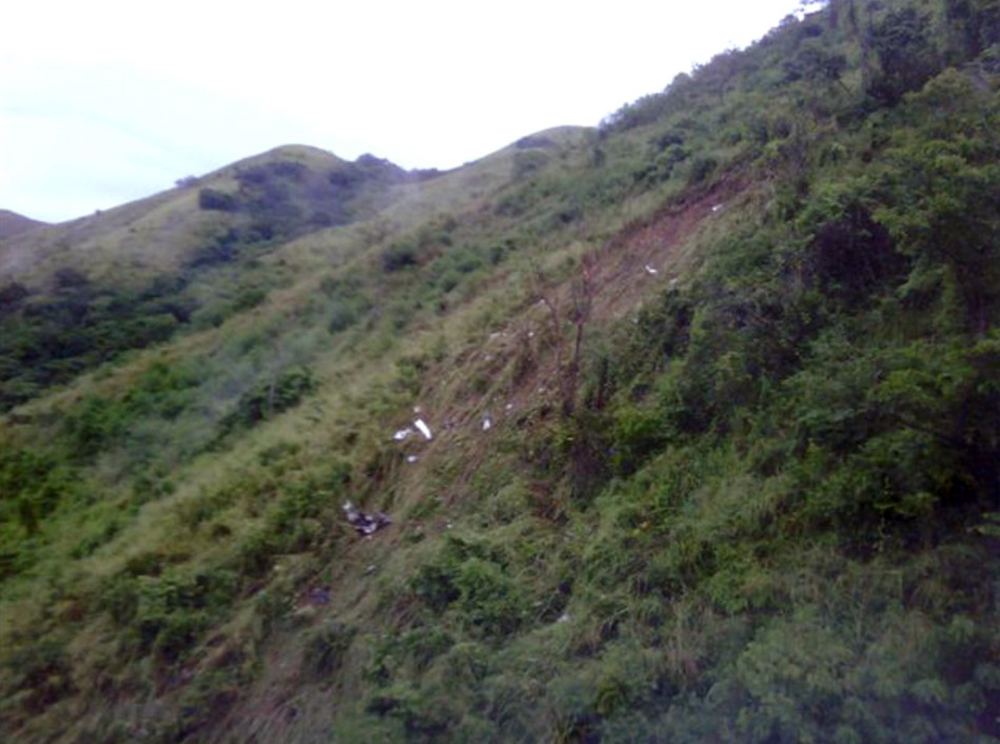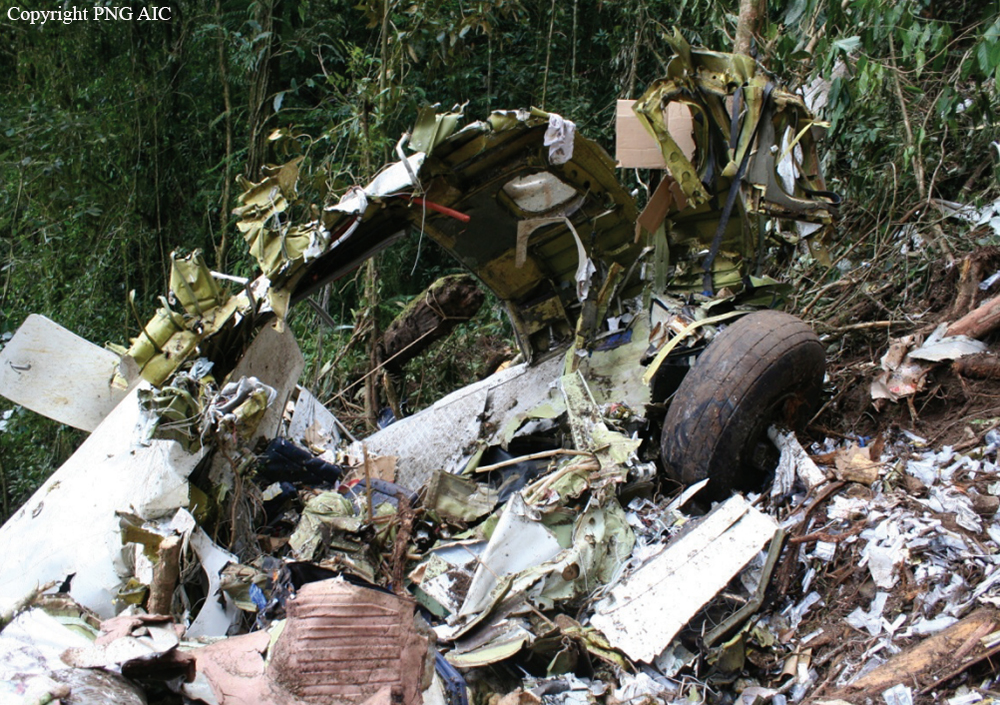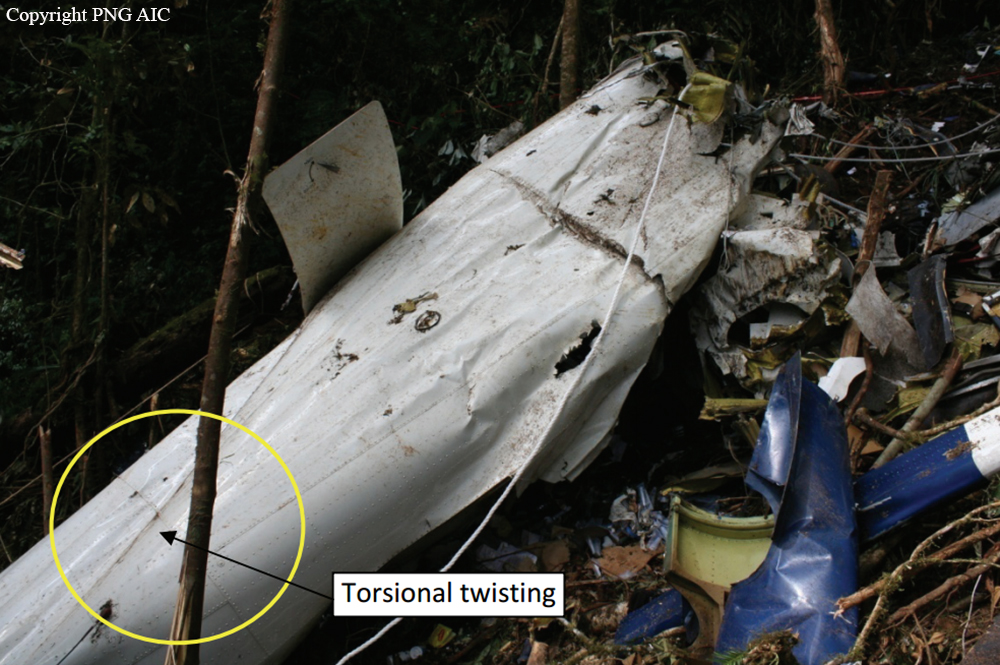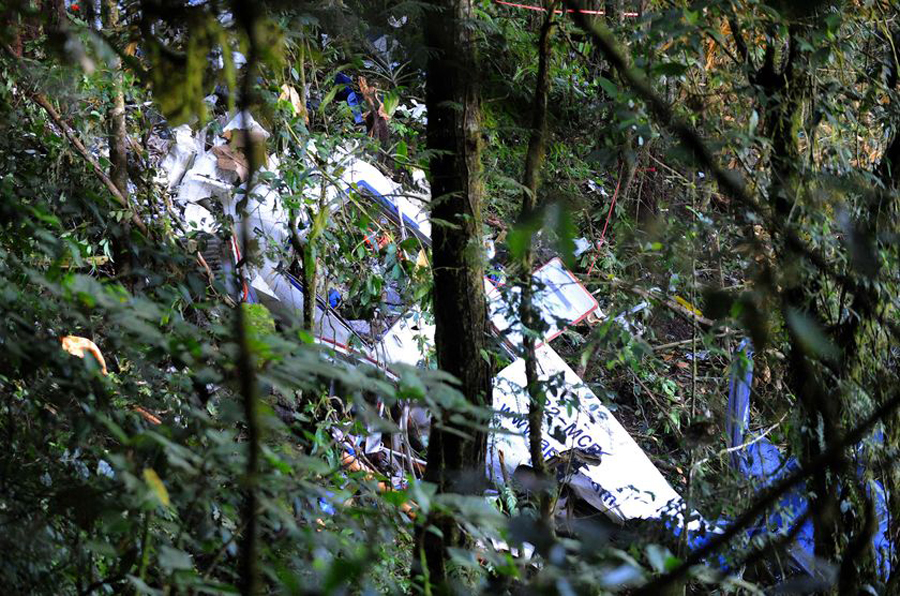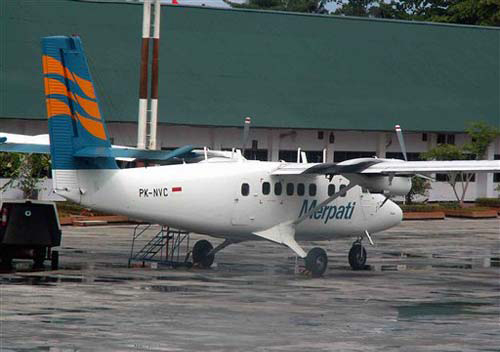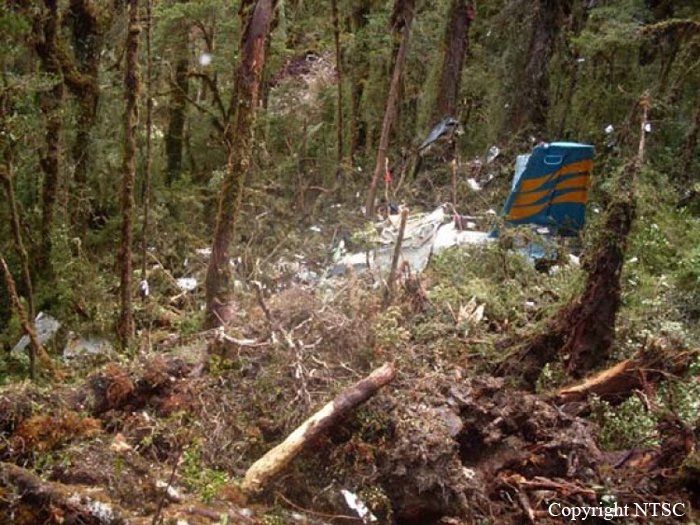Crash of a Cessna 340 in Lytle Creek: 2 killed
Date & Time:
Jan 18, 2010 at 1508 LT
Registration:
N2217B
Survivors:
No
Schedule:
Henderson – Compton
MSN:
340-0532
YOM:
1975
Crew on board:
1
Crew fatalities:
Pax on board:
1
Pax fatalities:
Other fatalities:
Total fatalities:
2
Aircraft flight hours:
3105
Circumstances:
The pilot was on a cross-country flight near mountainous terrain when he encountered clouds along the flight path. A comparison of recorded radar data and weather reports in the local area indicated that the pilot was maneuvering near the cloud bases in an area with low visibility and ceilings. Based on the erratic and circling flight path, it is likely that the pilot was having difficulty determining his location and desired flight track when the airplane collided with terrain. Post accident examination of the airframe and engine revealed no mechanical failures or malfunctions that would have precluded normal operation.
Probable cause:
The pilot’s loss of situational awareness while maneuvering under a cloud layer and failure to maintain sufficient clearance from mountainous terrain.
Final Report:
